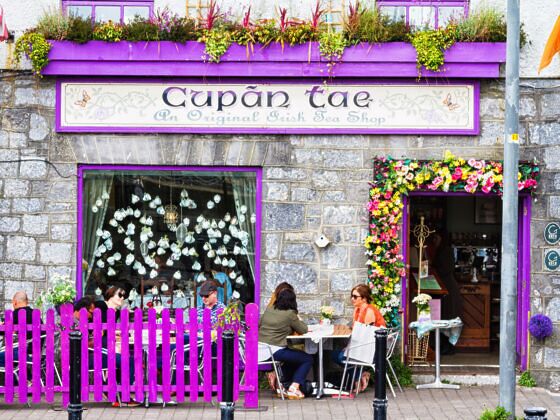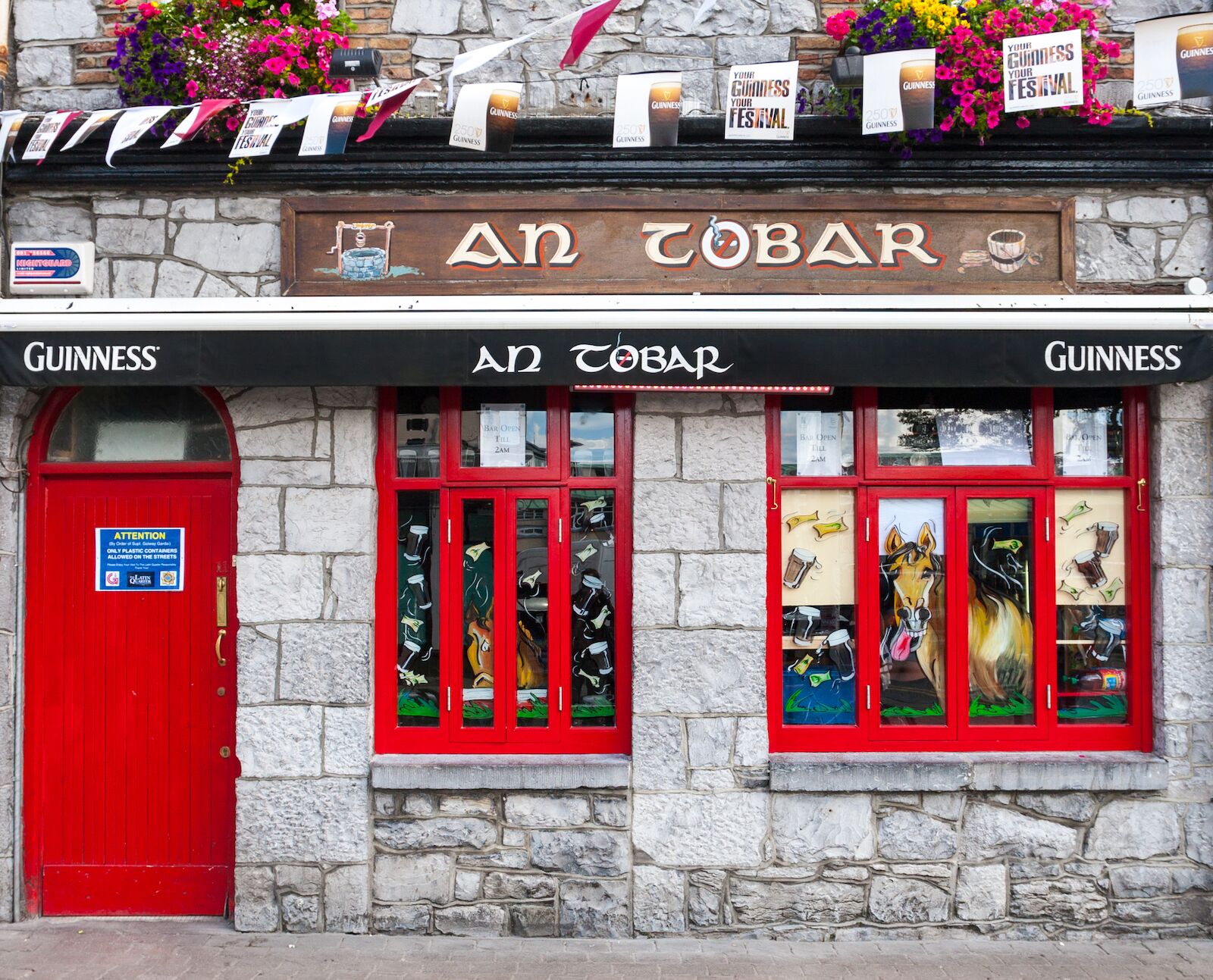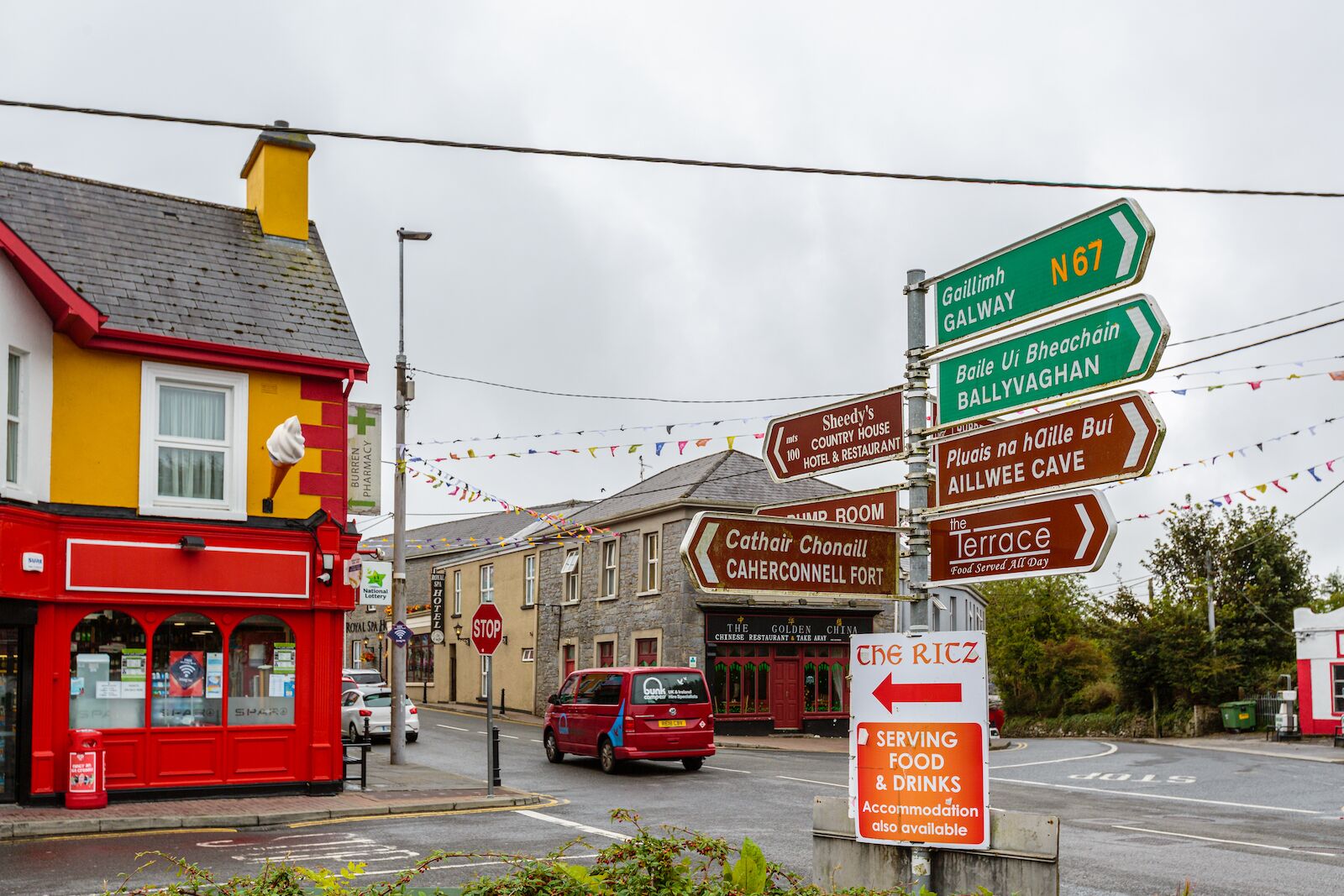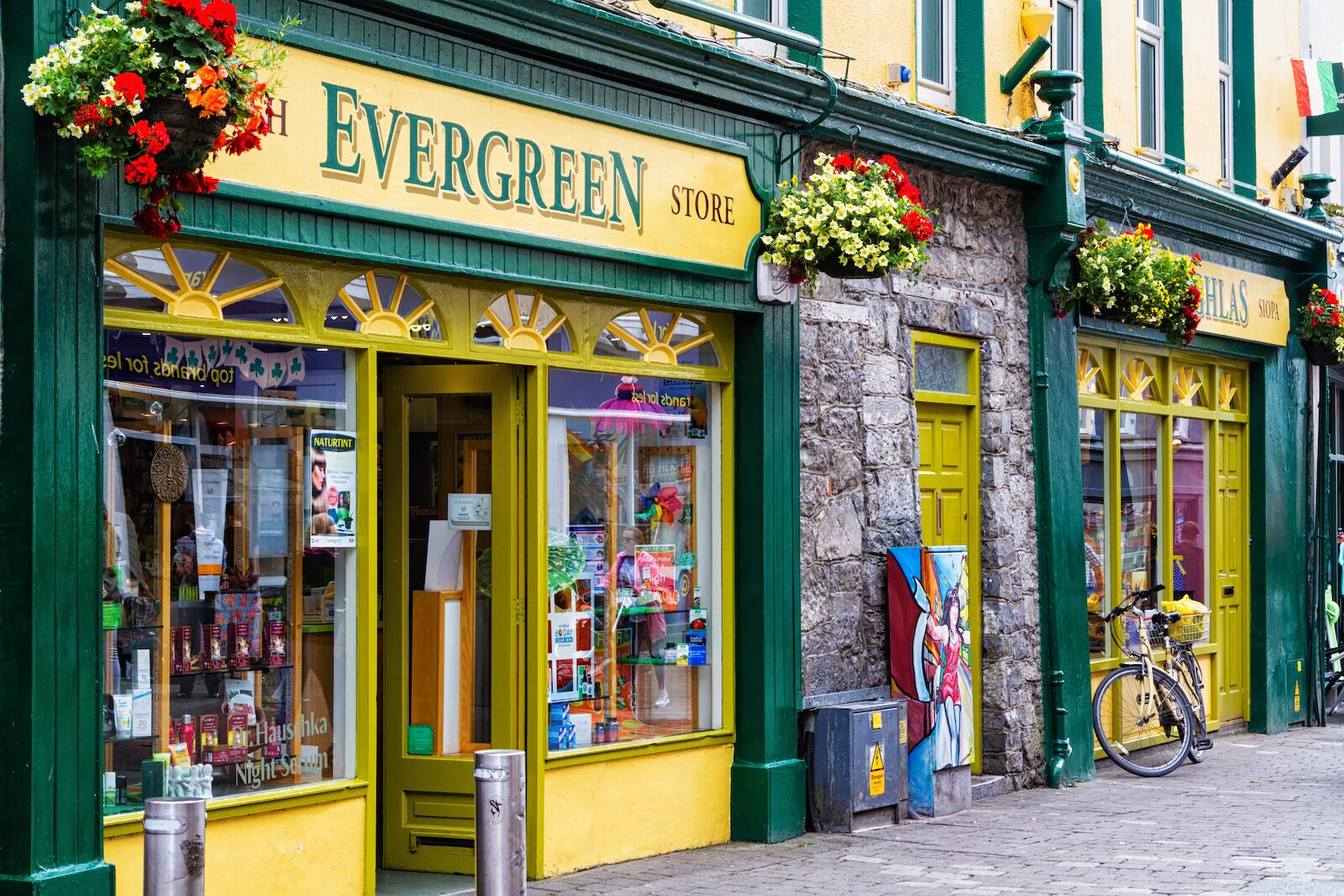The Irish language (also known as Gaeilge, Gaelainn, Irish Gaelic or Irish) is one of the oldest languages in the world.
Though it is one of the two official languages of the Republic of Ireland alongside English, language barriers will not be a problem when traveling across the country as people use mostly English in their daily lives (albeit with a variety of Irish accents).



